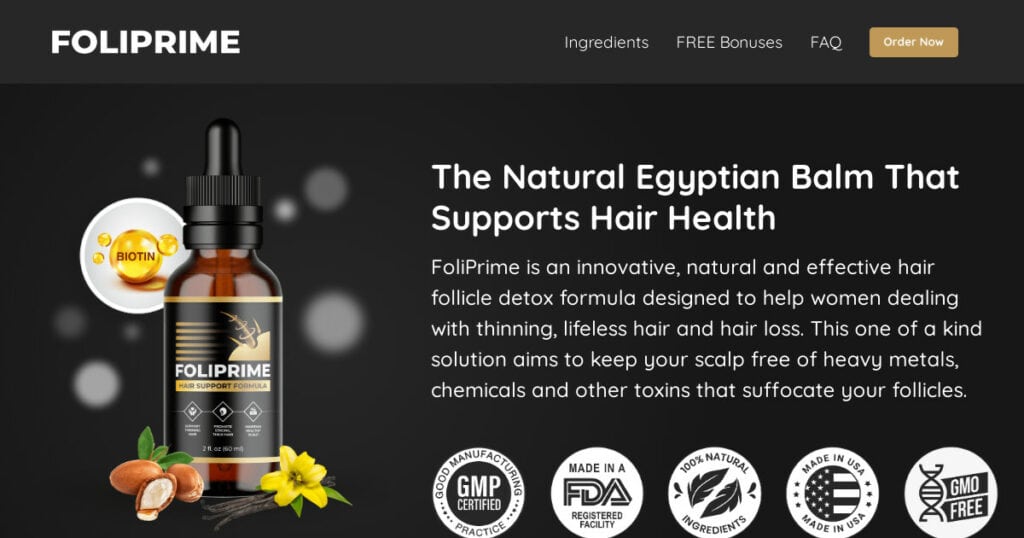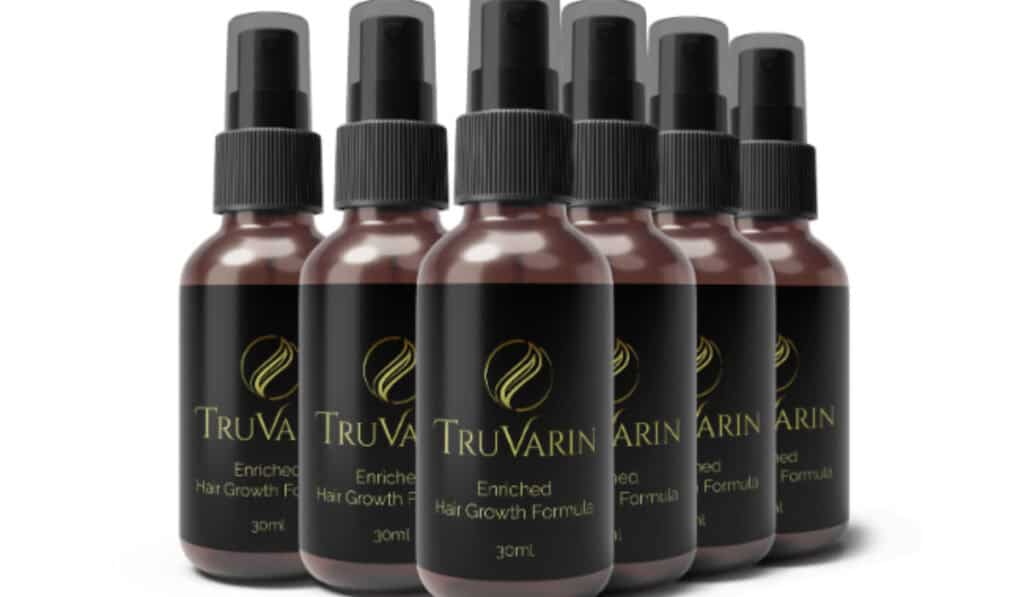Unraveling the Myths and Facts
Understanding how often to wash your hair involves separating facts from myths. Some people believe you must wash your hair daily to keep it clean and healthy. However, using a gentle shampoo daily can strip your hair of natural oils, leading to dryness and irritation. For those with tightly curled hair, like many African Americans, daily washing can cause the hair to feel dry and lack shine. On the other hand, skipping washes for too long can lead to an itchy scalp, split ends, and an accumulation of dirt and oil. Finding the right balance is key to maintaining hair beauty and health.
It’s essential to consider your hair type and lifestyle when deciding how often to wash your hair. While some may benefit from washing their hair daily, others might find that less frequent washing helps maintain their hair’s natural oils, reducing irritation and damage. The goal is to clean the scalp and hair while preserving its natural defenses against environmental stressors. Listening to your hair and adjusting your routine as needed can help you achieve the best results for your unique hair needs.
Understanding Hair Washing Fundamentals
At the core of hair care is the use of a gentle shampoo. This fundamental step helps remove dirt, excess oil, and product buildup without stripping away essential moisture. Choosing the right shampoo is crucial for maintaining healthy hair and scalp.
The Effects of Over-Washing and Under-Washing Your Hair
Washing your hair too much or too little can both lead to problems. Over-washing can strip away the natural oils, leaving your hair dry and brittle. Under-washing, on the other hand, allows for the buildup of oils and dirt, which can weigh your hair down and make it appear greasy. Both extremes can lead to an unhealthy scalp and hair. Finding a balance that keeps your hair clean without damaging it is crucial.
How Hair Type and Scalp Condition Influence Washing Frequency
“Hair type and scalp condition greatly influence how often you should wash your hair,” adds Dr. Smith. For example, tightly curled or chemically treated hair tends to be drier than straight or untreated hair and may not need washing as frequently. Applying conditioner can help maintain moisture balance and protect hair from damage.
Considering Oil Production and Hair Texture
Your scalp’s oil production and your hair’s texture play significant roles in determining your ideal washing frequency. People with oily scalps may need to wash their hair more often to prevent it from looking greasy, whereas those with dry or tightly curled hair textures might find that less frequent washing prevents their hair from becoming too dry. Understanding your hair’s needs is the first step towards a healthy hair care routine.
The Role of Environmental Factors and Lifestyle
Environmental factors and lifestyle choices also impact how often you should wash your hair. Living in a polluted city, working out regularly, or swimming in chlorinated pools can necessitate more frequent washing to remove contaminants. Conversely, if you spend most of your time indoors in a clean environment, you might find that you can go longer between washes. Adjusting your hair washing schedule to accommodate these factors is essential for maintaining hair health.
Deciphering Hair Wash Frequency: Expert Insights
Finding the right frequency for washing your hair can be a game-changer for your hair’s health. Listening to expert insights can help guide you to the perfect routine.
The Ideal Hair Washing Schedule According to Dermatologists
Dermatologists agree that there is no one-size-fits-all answer to how often you should wash your hair. The consensus is that washing frequency should be tailored to your hair type, scalp condition, and lifestyle. For most people, washing their hair a few times a week is sufficient to keep their hair clean and healthy. However, individuals with very oily scalps or those who exercise frequently may benefit from more frequent washes.
Adjusting Your Hair Washing Routine for Optimal Scalp Health
Adjusting your hair washing routine can help manage scalp conditions like seborrheic dermatitis. Finding a balance that reduces symptoms without exacerbating them is key.
Tailoring Hair Care to Different Hair Types and Textures
Customizing your hair care routine to fit your hair type and texture is crucial. For instance, those with dry, tightly curled hair may find that washing less frequently helps retain moisture, while people with fine, oily hair might need to wash more often. Including products specifically designed for your hair type can also enhance your hair’s health and appearance.
The Impact of Water Quality and Hair Products on Wash Frequency
The quality of water you use to wash your hair and the products you apply can influence how often you need to wash it. Hard water can leave mineral deposits on your hair, requiring more frequent washing or special treatments to remove. Similarly, using heavy styling products can lead to buildup that necessitates more frequent washing. Choosing the right products and being mindful of water quality can help optimize your hair washing schedule.
Key Factors Determining How Often You Should Wash Your Hair
Several key factors, including your hair’s texture, your scalp’s oil production, and your lifestyle, play a role in determining the optimal frequency for washing your hair.
The Influence of Hair Length, Age, and Ethnic Background
Factors such as hair length, age, and ethnic background also affect how often you should wash your hair. Oil glands’ productivity can change with age and varies among different ethnic groups, influencing hair’s natural moisture levels and washing needs.
Special Considerations for Long, Short, and Aging Hair
Long hair may require different care than short hair, especially when it comes to distributing natural oils from the scalp through the lengths. Aging hair, which can become thinner and drier, might benefit from less frequent washing and more nourishing treatments. Understanding these nuances is essential for maintaining healthy hair at any age and length.
Hair Care Variations Across Different Ethnic Groups
Different ethnic groups often have unique hair care needs based on hair texture and scalp conditions. For instance, African Americans with tightly curled hair may find that less frequent washing prevents dryness and breakage, while those with straighter textures might require more regular washing. Recognizing and respecting these differences is crucial for effective hair care.
Activity Level and Its Effect on Hair Washing Needs
Your level of physical activity greatly influences your hair washing needs. People with high activity levels, such as athletes or those who exercise regularly, might notice an increase in oil production. This can lead to a feeling of needing to wash your hair more often. It’s important to adjust your washing schedule to match your lifestyle while avoiding over-washing, which can strip away natural oils and lead to dry, brittle hair.
Adjustments for Active Lifestyles and Gym Goers
If you lead an active lifestyle, consider rinsing your hair with water after intense workouts to remove sweat and excess oil. You can then apply a light conditioner to the ends of your hair to keep it hydrated. This method helps in managing oil production without the need for daily shampooing, which can be harsh on your scalp and hair. For those who hit the gym regularly, it might be beneficial to develop a washing schedule that aligns with your workout routine, washing your hair on days of heavy sweating and using dry shampoo or simply rinsing with water on lighter days.
Navigating Hair Care Between Washes
Maintaining healthy hair between washes is crucial for overall scalp health. Using the right products and techniques can help you extend the freshness of your hair while preventing damage.
Effective Strategies to Maintain Healthy Hair Without Over-Washing
Over-washing can strip your hair of its natural oils, leading to dryness and breakage. To keep your hair healthy between washes, use a gentle brush to distribute oils from your scalp to the ends of your hair, and consider using a silk pillowcase to reduce friction while you sleep. Incorporating a leave-in conditioner can also help to hydrate and protect your hair, keeping it looking and feeling fresh longer.
Innovative Hair Products and Techniques for Extended Freshness
Exploring new hair products and techniques can greatly benefit your hair care routine.
Dry Shampoos and No-Rinse Conditioners
Dry shampoos and no-rinse conditioners are game-changers for extending the time between washes. Dry shampoo absorbs excess oil at the roots, leaving your hair looking refreshed, while no-rinse conditioners provide moisture and manageability without the need for water. These products are especially useful for busy lifestyles or on days when you want to give your hair a break from regular shampooing.
Protective Hairstyles to Reduce Wash Frequency and Prevent Damage
Protective hairstyles, such as braids, buns, and twists, not only reduce the frequency of hair washing by keeping your hair tidy and out of the way but also help to prevent damage caused by environmental factors and daily styling. In extreme cases, these hairstyles can also protect hair from breakage and help retain moisture, making them an excellent option for those looking to maintain healthy hair with minimal washing.
Recognizing the Signs of Improper Hair Washing Practices
It’s important to recognize the signs that your hair washing practices may need adjustment, such as changes in scalp odor or hair texture.
Symptoms of Washing Your Hair Too Frequently
Washing your hair too often can lead to symptoms such as dryness, irritation, and increased breakage. If you notice your scalp becoming itchy or your hair losing its natural sheen, it might be time to reevaluate your washing schedule. Reducing the frequency of washes can help restore your hair’s natural oil balance and improve overall hair health.
Indicators That You’re Not Washing Your Hair Enough
A tell-tale sign of not washing your hair enough is the presence of scalp odor, indicating a buildup of oil and sweat.
Scalp Irritation and Flakiness: A Warning Sign
Scalp irritation and flakiness can often signal that your hair care routine needs adjustments. These symptoms may arise from either over-washing or under-washing your hair. Finding a balance is key to maintaining a healthy scalp, as both extremes can disrupt the natural ecosystem of your scalp, leading to discomfort and visible flakes.
The Accumulation of Dirt and Oil: Understanding the Balance
The balance between removing excess dirt and oil and maintaining enough natural oils for healthy hair is delicate. An accumulation of dirt and oil can weigh down your hair and lead to scalp issues, while over-cleansing can strip away necessary oils. Paying attention to your hair’s response to your washing schedule can help you find the right frequency for your hair type and lifestyle.
Enhancing Your Hair Washing Routine
Improving your hair washing routine involves more than just choosing the right products.
Expert Tips for a Balanced and Effective Hair Care Regimen
To achieve a balanced and effective hair care regimen, start by assessing your hair type and scalp condition. This will guide you in selecting the appropriate products and determining the optimal frequency of washes. Incorporate a gentle, sulfate-free shampoo and a hydrating conditioner suited to your hair needs. Also, consider using a scalp scrub periodically to remove buildup and promote healthy hair growth.
How to Transition to a New Hair Washing Schedule Smoothly
Adjusting to a new washing schedule can take time for your scalp and hair to adapt.
Gradual Changes and the Importance of Patience
Changing how often you wash your hair shouldn’t happen overnight. If you’re used to washing your hair daily, cutting back slowly is key. Try skipping a day between washes at first, then extend it as your scalp adjusts. This gradual shift helps maintain your scalp health by not shocking it with sudden changes. Patience plays a big role here, as your hair and scalp may take time to adapt to a new routine, but the results are worth the wait.
Incorporating Scalp Treatments and Hair Masks for Better Results
To boost the health of your scalp and hair, adding scalp treatments and hair masks to your routine can make a big difference. These products are designed to target specific needs like dryness, oiliness, or flakiness. Scalp treatments nourish the skin on your head, maintaining a balanced environment for hair growth. Hair masks, on the other hand, deeply condition the hair, improving its texture and strength. Using these treatments regularly, alongside an adjusted washing schedule, can significantly enhance your hair’s overall health and appearance.
Final Thoughts on Mastering the Art of Hair Washing
Discovering the perfect balance in your hair washing routine is a personal journey. It’s important to remember that what works for one person might not work for another. Paying attention to how your hair and scalp respond to changes in your routine can guide you to that sweet spot. Embracing patience and making informed decisions based on your hair’s specific needs will lead to healthier hair and scalp in the long run. The key is to find what works best for you and stick with it.
Embracing Individual Needs for Healthier Hair and Scalp
Every person’s hair is unique, requiring a personalized approach to care and maintenance. Understanding your hair type, scalp condition, and the factors that influence its health is crucial. Making informed decisions about how often to wash your hair, which products to use, and how to treat your scalp can drastically improve its health. Listen to your hair and scalp, and don’t be afraid to adjust your routine as needed. This tailored approach ensures your hair remains vibrant, strong, and healthy.
The Continuous Journey of Hair Care Education and Adaptation
Hair care is an ongoing process of learning and adapting. Research shows that factors like optimal scalp health, sebum production, and even geographical differences, such as Asian populations, can influence how often you should wash your hair. Understanding these dynamics can help you adjust your shampoo schedule for the best results. For instance, if you notice oil buildup or scalp irritation, it might be time to reassess your routine. Remember, what worked once may need tweaking as your hair or lifestyle changes. Keeping informed and being willing to adapt is key to maintaining healthy hair and scalp.





